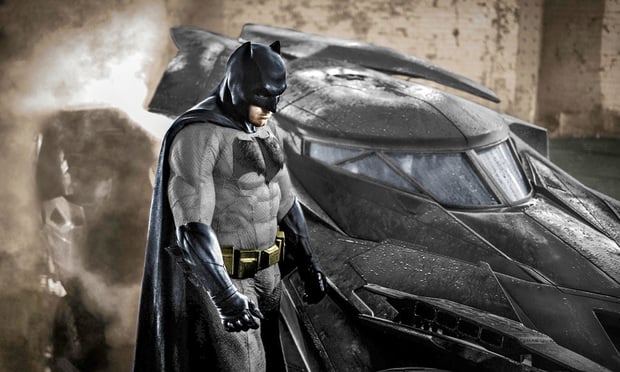Law.com Subscribers SAVE 30%
Call 855-808-4530 or email [email protected] to receive your discount on a new subscription.
Copyright Law in the Age of Twitter
The exponential growth of social media, and the inevitable conflicts that result, is leading to more and more litigation. In many instances, courts are being asked to apply laws crafted before the Internet era to these modern disputes. For example, the U.S. District Court for the Southern District of New York recently decided an issue involving Twitter and the federal Copyright Act (the Act) that may have significant implications for online publications and, ultimately, for how people view the news.
In Goldman v. Breitbart News Network, No. 17-cv-3144 (KBF) (S.D.N.Y. Feb. 15, 2018), the court was faced with deciding whether an image shown on one website but stored on another website's server implicated the display rights of the image's owner within the meaning of the Act. The court's conclusion — that the actual location of the image had no relevance — could very well change the way stories are published online.
The Case
The case arose on July 2, 2016 when Justin Goldman photographed Tom Brady, the New England Patriots quarterback, and an executive from the Boston Celtics basketball team on a street in East Hampton. Goldman uploaded the photo to Snapchat, where it went viral, reaching Twitter.
A number of online news outlets and blogs published articles featuring the photo and exploring whether the Boston Celtics would be able to recruit basketball player Kevin Durant with Tom Brady's help. None of these websites actually downloaded the photo from Twitter, copied it, or stored it on their own servers (i.e., computers connected to the Internet). Rather, they made the photo visible in their articles through a technical process known as “embedding.”
This premium content is locked for Entertainment Law & Finance subscribers only
ENJOY UNLIMITED ACCESS TO THE SINGLE SOURCE OF OBJECTIVE LEGAL ANALYSIS, PRACTICAL INSIGHTS, AND NEWS IN ENTERTAINMENT LAW.
- Stay current on the latest information, rulings, regulations, and trends
- Includes practical, must-have information on copyrights, royalties, AI, and more
- Tap into expert guidance from top entertainment lawyers and experts
Already a have an account? Sign In Now Log In Now
For enterprise-wide or corporate acess, please contact Customer Service at [email protected] or 877-256-2473

Major Differences In UK, U.S. Copyright Laws
This article highlights how copyright law in the United Kingdom differs from U.S. copyright law, and points out differences that may be crucial to entertainment and media businesses familiar with U.S law that are interested in operating in the United Kingdom or under UK law. The article also briefly addresses contrasts in UK and U.S. trademark law.

The Article 8 Opt In
The Article 8 opt-in election adds an additional layer of complexity to the already labyrinthine rules governing perfection of security interests under the UCC. A lender that is unaware of the nuances created by the opt in (may find its security interest vulnerable to being primed by another party that has taken steps to perfect in a superior manner under the circumstances.

Strategy vs. Tactics: Two Sides of a Difficult Coin
With each successive large-scale cyber attack, it is slowly becoming clear that ransomware attacks are targeting the critical infrastructure of the most powerful country on the planet. Understanding the strategy, and tactics of our opponents, as well as the strategy and the tactics we implement as a response are vital to victory.

Removing Restrictive Covenants In New York
In Rockwell v. Despart, the New York Supreme Court, Third Department, recently revisited a recurring question: When may a landowner seek judicial removal of a covenant restricting use of her land?

"Holy Fair Use, Batman": Copyright, Fair Use and the Dark Knight
The copyright for the original versions of Winnie the Pooh and Mickey Mouse have expired. Now, members of the public can create — and are busy creating — their own works based on these beloved characters. Suppose, though, we want to tell stories using Batman for which the copyright does not expire until 2035. We'll review five hypothetical works inspired by the original Batman comic and analyze them under fair use.

